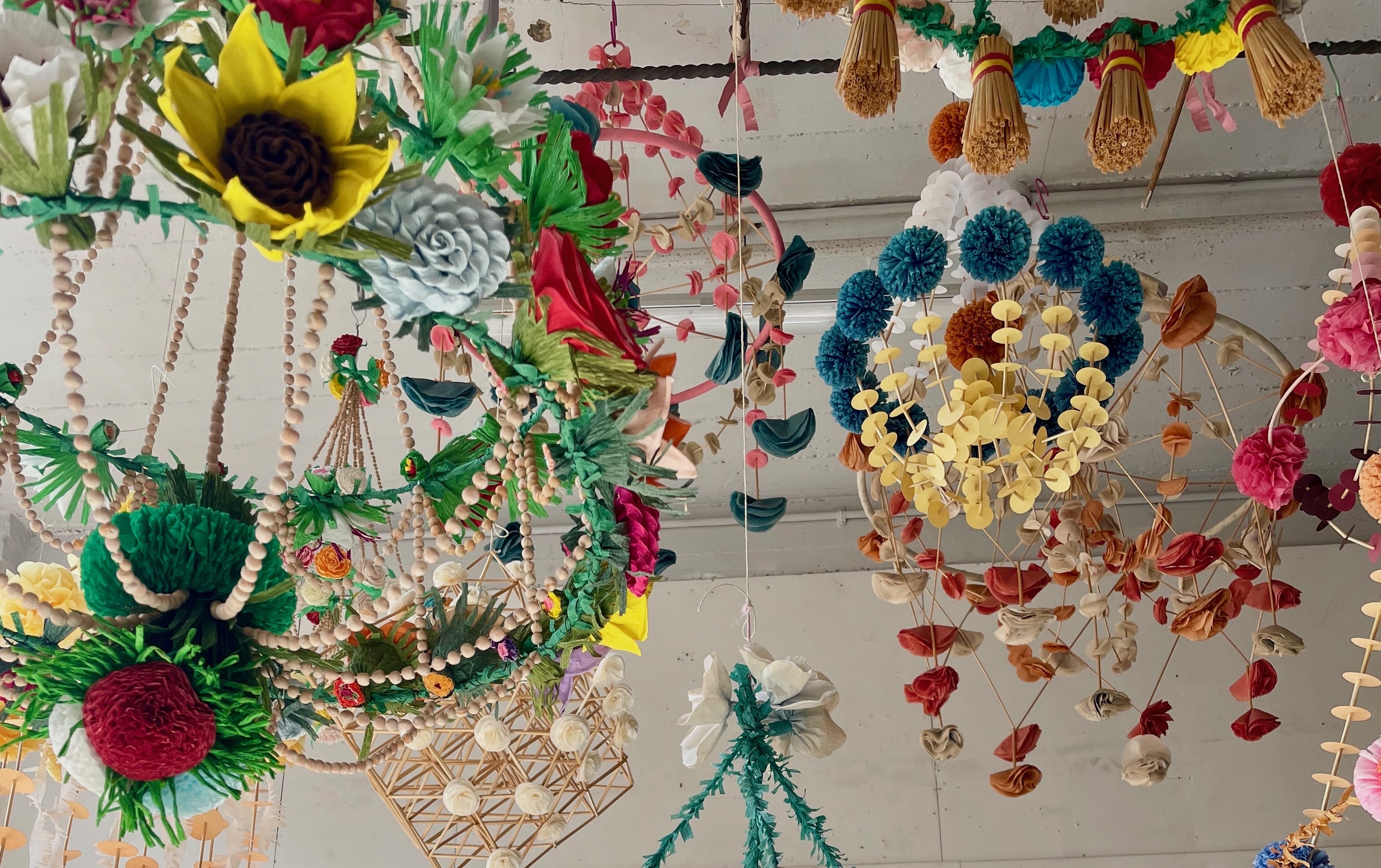Spectator: Lucy Baring on triumph against adversity
Against all the odds, some women have triumphed when everything seemed to be stacked against them


What makes me rant against the treatment of women in the 18th and 19th centuries is a table mat. My set, illustrated with beautifully cut botanical pictures from the work of Mary Delany, makes the red mist descend. Mrs Delany had an awful life. She lived from 1700 to 1788 and was destined to be a lady-in-waiting to the Stuarts, but, when Queen Anne died in 1714 and the Hano-verians came to the throne, all was lost. She was clever and civilised and knew Handel and Jonathan Swift, but that didn't stop her parents from marrying her off for dynastic reasons, at the age of 17, to a 60 year old. ‘Never was woe dressed out in gayer colours,' she lamented. Six years later, she was a widow.
At that point, she wrote: ‘Why must women be driven to the necessity of marrying?' It was, of course, because middle- and upper-class women had no alternative. Single, they had no future, for a career was unthinkable; once married, they had no money of their own. Separation resulted in no income and any children being taken away by the father.
Even after marriage, because her husband hadn't bothered to change his will, as a widow, she was destitute. She lived, like many poor spinsters and widows, with her friends and relations. About 20 years later, she married an Irish Protestant clergyman, Dr Patrick Delany. They had 25 happy years together (her parents disapproved because his mother was a servant) before he died at 84, when she was 67.
* Subscribe to Country Life; Country Life on Ipad
Then, the twice-widowed and elderly Mary Delany came into her own. From the age of 71, she started to make her ‘Paper Mos-aicks' cut from paper in the most careful detail. From 1771 until her eyesight went in 1787, she created 1,700 of these perfect botanical specimens from coloured tissue paper pasted onto black card. She became friends with the botanists Joseph Banks and Daniel Solander. Better still, her work lived on when her descendant, Lady Llanover, donated her cards to the British Museum. The Irish Georgian Society spotted them and now I have my table mats (which cost €62 for six from www.igs.ie).
The point is that, however dreadful your circumstances, there is hope. Through her skill at an unlikely craft, Mrs Delany has now become quite famous. Another example of women being treated like chattels (and surviving) is Lady Dorothy Nevill (1826-1913). She was 21 when she was married off to a cousin 20 years her senior, ‘a religious man with an income of £8,000 a year' (about £600,000 today, almost banker standard). This followed a scandal when she had been discovered in a summer house with the wrong sort of rake, George Smythe MP (those MPs-at it then and at it now!).
No one today knows just what they were doing in the summer house, but he refused to marry her-just as well by the sound of it-and she was thrown by her parents to Reginald Henry Nevill. Like Mrs Delany, she was a clever, entertaining woman, who knew Whistler and Disraeli (perhaps a bit too well-her youngest son was thought to be the Prime Minister's), although Queen Victoria refused to meet her. She got her own back through wildly extravagant gardening at Dangstein in West Sussex (as revenge, I think). There were 34 gardeners and 17 hot houses. Her pigeons had Chinese whistles on their tails. She bred silkworms that crawled up men's trousers.
Sign up for the Country Life Newsletter
Exquisite houses, the beauty of Nature, and how to get the most from your life, straight to your inbox.
When her husband died in 1878, leaving her with an annuity of £800 (about £64,000 today), she had to sell up. But what a revenge: cut dead by Queen Victoria and married to a dull country squire, she made Dang-stein's gardens ‘into one of our finest in the richness of its collections'. She wrote her memoirs and, to gardeners, she's still famous. Mrs Delany and Lady Dorothy show what could be done in eras that were almost as repressive to women as the Taliban.
* Follow Country Life magazine on Twitter
Country Life is unlike any other magazine: the only glossy weekly on the newsstand and the only magazine that has been guest-edited by HRH The King not once, but twice. It is a celebration of modern rural life and all its diverse joys and pleasures — that was first published in Queen Victoria's Diamond Jubilee year. Our eclectic mixture of witty and informative content — from the most up-to-date property news and commentary and a coveted glimpse inside some of the UK's best houses and gardens, to gardening, the arts and interior design, written by experts in their field — still cannot be found in print or online, anywhere else.
-
 Burberry, Jess Wheeler and The Courtauld: London Craft Week 2025 explained
Burberry, Jess Wheeler and The Courtauld: London Craft Week 2025 explainedWith more than 400 exhibits and events dotted around the capital, and everything from dollshouse's to tutu making, there is something for everyone at the festival, which runs from May 12-18.
By Lotte Brundle
-
 Everything you need to know about private jet travel and 10 rules to fly by
Everything you need to know about private jet travel and 10 rules to fly byDespite the monetary and environmental cost, the UK can now claim to be the private jet capital of Europe.
By Simon Mills